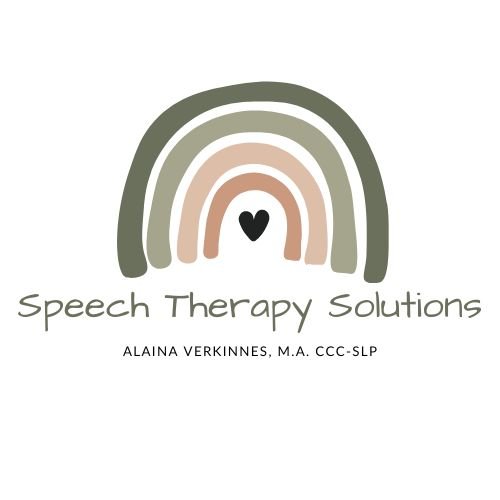How to Help my 1 year old Talk… Tips for Parents/Caregivers
As a Speech-Language Pathologist (SLP), I often encounter parents eager to support their child's communication development. By the age of one, children are starting to explore the world around them and express their needs and feelings. Communication is a vital skill that lays the foundation for social interactions, learning, and emotional expression. Here are some engaging and effective strategies to help your 1-year-old communicate more effectively.
**1. Talk, Talk, Talk! and use Sign Language**
One of the best ways to encourage communication is simply to talk to your child. Describe what you’re doing throughout the day, name objects, and narrate activities. Add a few signs to your day for things that are important to your child, such as, ‘more’, ‘all done’, ‘help,’ ‘eat,’ ‘drink.’ This exposure to language helps your child build vocabulary and understand the rhythm of speech.
**2. Use Simple Language**
When speaking to your little one, use short, clear sentences with simple words. This makes it easier for them to grasp new concepts and imitate sounds. For example, instead of saying, “Can you please pass me your toy?” you might say, “Give me the toy!”
**3. Model without Expectation**
Children learn a lot through imitation. Make sounds, gestures, or simple words and model without expectation. You can clap your hands, wave, or make animal sounds. Celebrate their efforts, even if it’s not perfect!
**4. Play Together**
Playtime is an excellent opportunity for communication development. Engage in activities that promote interaction, such as:
- **Peek-a-boo**: This game teaches turn-taking and anticipation.
- **Pretend play**: Use dolls, stuffed animals, or kitchen sets to act out scenarios. This encourages vocabulary development and imaginative thinking.
- **Building blocks**: While playing, talk about colors, shapes, and actions (e.g., “Let’s stack the blocks!”).
**5. Read Together**
Reading is a fantastic way to introduce new words and concepts. Choose colorful board books with simple pictures and repetitive phrases. Encourage your child to point to objects and imitate sounds. Make reading interactive by asking questions like, “Where is the dog?”
**6. Use Visual Cues**
Children at this age often benefit from visual support. Use gestures, facial expressions, and pictures to help convey meaning. For instance, if you say “milk,” you might point to the milk carton or make a gesture that signifies drinking.
**7. Respond to Communication Attempts**
When your child babbles or gestures, respond with enthusiasm! This shows them that their attempts to communicate are valued. For example, if they point to a toy, say, “You want the teddy bear! Here it is!” This reinforces the connection between their actions and communication.
**8. Be Patient and Supportive**
Every child develops at their own pace. Some may start talking earlier than others, while some may take a bit longer. Celebrate small milestones and provide a supportive environment where your child feels comfortable expressing themselves.
**Conclusion**
Helping your 1-year-old communicate is an exciting journey filled with exploration and discovery. By engaging in meaningful interactions, providing opportunities for play, and responding positively to your child’s attempts to communicate, you’re laying the groundwork for their future language skills. Remember, the most important thing is to have fun and enjoy this special time together!
**Call to Action**
If you have questions about your child’s communication development or would like personalized strategies, feel free to reach out! Together, we can support your child’s journey to effective communication.

